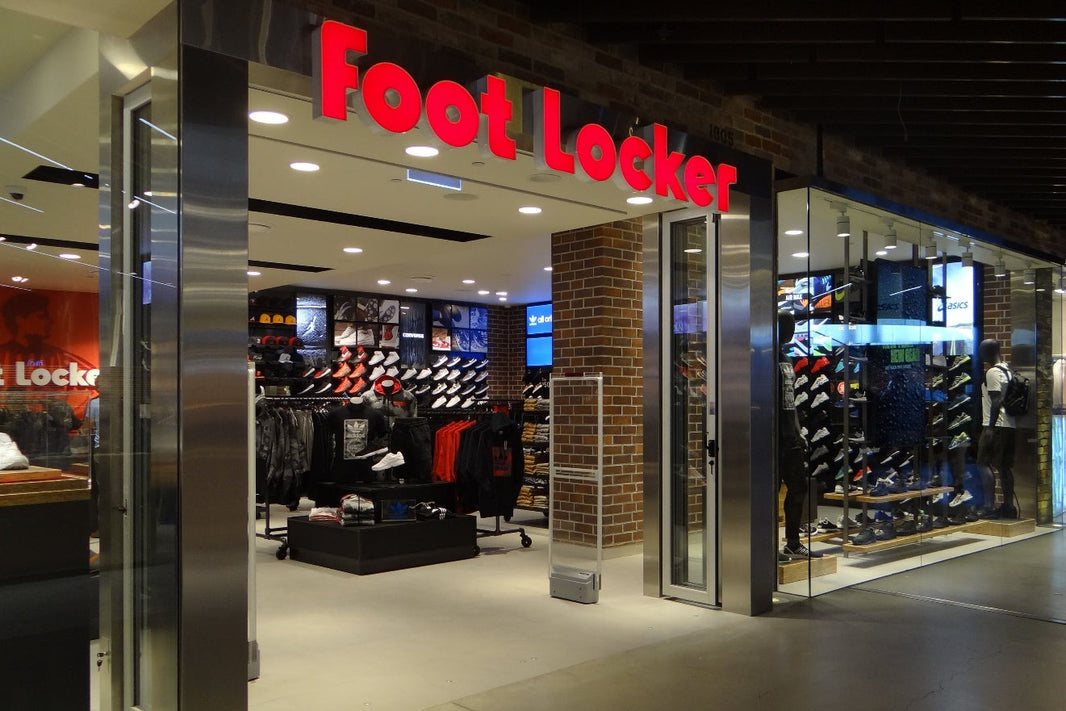Skechers, a powerhouse in the global footwear industry, has achieved unprecedented sales growth in 2024, setting new records for the company. However, despite these impressive financial milestones, its stock price took a hit after the release of a less optimistic 2025 forecast. Alongside this, Skechers is proactively adapting its sourcing strategies to address looming tariff challenges. This article explores Skechers’ financial performance, the reasons behind the stock drop, and how the company is navigating uncertainties like tariffs and regional market shifts—all optimized for SEO with key phrases like “Skechers sales growth,” “Skechers stock price,” and “tariff impact on Skechers.”
Skechers’ Record-Breaking Sales in 2024
Skechers reported full-year 2024 sales of $8.97 billion, a remarkable 12% increase from the previous year, marking the highest annual revenue in its history. The fourth quarter was equally strong, with sales hitting $2.21 billion, up 12.8% year-over-year. These robust figures reflect Skechers’ ability to meet rising consumer demand worldwide, cementing its position as a leader in the footwear market.
The driving force behind this success? Skechers’ focus on comfort technology products and impactful marketing. CEO Robert Greenberg highlighted this in a press release, noting, “Our innovative comfort business closely aligns with the needs of consumers of all ages, genders, activities, and professions.” This consumer-driven strategy, paired with a diverse product portfolio, has fueled Skechers’ record sales growth in 2024.
Why Did Skechers’ Stock Price Drop?
Despite the stellar 2024 performance, Skechers’ stock plummeted 12% in premarket trading on Friday after the company shared its 2025 outlook. Skechers projects full-year 2025 sales between $9.7 billion and $9.8 billion, a growth of 8.1% to 9.2% over 2024. For Q1 2025, sales are expected to range from $2.4 billion to $2.43 billion. While these numbers indicate continued growth, they fell short of Wall Street’s loftier expectations.
Analyst Tom Nikic from Needham & Company explained that the stock had been “priced for a higher outlook.” Investors, anticipating more aggressive growth, were disappointed by the conservative forecast, leading to the sharp decline in Skechers’ stock price. External factors like taxes and foreign exchange rates—beyond the company’s control—may have also tempered the outlook, adding to investor unease.
Tariff Challenges: Skechers’ Strategic Response
Skechers, like many fashion and footwear brands, faces uncertainty due to potential tariff changes under President Donald Trump’s second term. These trade policies could increase costs across its global supply chain, prompting the company to rethink its sourcing strategies.
CFO John Vandemore addressed this during an analyst call, expressing confidence in Skechers’ ability to adapt. The company’s plans include:
- Shifting manufacturing origins: Skechers aims to redirect production to regions less affected by tariffs.
- Vendor negotiations: The company is working with suppliers to secure better foreign exchange rates, helping offset potential cost hikes.
Vandemore noted, “All of those have to be tools available to us if these rates stay in effect, or if the worst case happens.” He added that current inventory is tariff-free, giving Skechers some time to adjust. However, the 2025 outlook excludes tariff impacts, leaving room for uncertainty as policies evolve.
Regional Performance: Wins and Struggles
Skechers’ global sales growth masks a mixed regional picture in Q4:
- Americas: Revenue rose 14%, bolstered by strong wholesale demand.
- Europe, Middle East, and Africa (EMEA): This region led with a 25% increase, showcasing successful market expansion.
- Asia Pacific: Growth was modest at 3%, dragged down by challenges in China.
- China: Sales dropped 11%, hurt by a tough macro environment and a lackluster Singles Day, a key shopping event.
These regional variations highlight both Skechers’ strengths and vulnerabilities, with China remaining a weak spot despite gains elsewhere.
Wholesale vs. Direct-to-Consumer Growth
Skechers’ sales channels also performed well in Q4:
- Wholesale: Up 17.5%, reflecting strong retailer demand for Skechers’ products.
- Direct-to-Consumer (DTC): Grew 8.4%, showing steady progress in the company’s own retail and online platforms.
The faster wholesale growth underscores Skechers’ appeal to partners, while DTC gains signal a strengthening direct connection with consumers.
Innovation and Marketing Fuel Success
CEO Robert Greenberg credited 2024’s record sales to Skechers’ comfort technology and marketing campaigns. By catering to a wide audience—spanning all ages and lifestyles—Skechers has built a loyal customer base. Greenberg emphasized, “The global demand for our business is a true testament to our ability to continuously evolve our diverse product portfolio and effectively create excitement for our innovations.”
This focus on innovation ensures Skechers remains competitive, meeting the evolving needs of footwear shoppers worldwide.
Looking Ahead: Balancing Growth and Challenges
Skechers’ 2024 achievements are a testament to its market strength, but the road ahead isn’t without hurdles. The stock price drop reflects investor concerns over a cautious 2025 outlook, while tariff uncertainties and struggles in China add complexity. Yet, Skechers is well-positioned to adapt, leveraging its sourcing adjustments, innovation pipeline, and global reach.
As the company navigates these challenges, its ability to maintain growth while addressing external pressures will be key. For now, Skechers remains a standout in the footwear industry, blending record-breaking success with strategic resilience.






